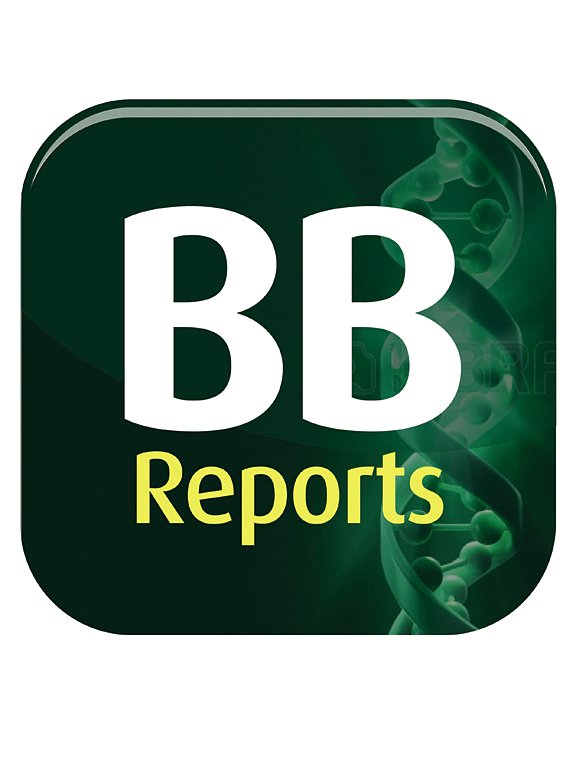Hepatic HSD17B6 is dispensable for diet-induced fatty liver disease in mice
IF 2.3
Q3 BIOCHEMISTRY & MOLECULAR BIOLOGY
引用次数: 0
Abstract
Metabolic dysfunction-associated fatty liver disease (MAFLD) affects up to a third of the global population, which causes huge both clinical and economic burdens. However, its therapeutic strategy is still limited. Steroid dysregulation plays a pivotal role in the homeostasis of lipid metabolism. 17-beta-hydroxysteroid dehydrogenase type 6 (HSD17B6)—one member of 17β-HSDs, encoded by the gene Hsd17b6, catalyzes the synthesis of androsterone and estrone—steroid hormones. However, whether the manipulation of HSD17B6 could ameliorate diet-induced fatty liver disease remains unknown. Here, we found that the expression of Hsd17b6 is enriched in the liver in both humans and mice. The data of single-cell RNA-seq suggests that Hsd17b6 appears to be exclusively expressed in hepatocytes—the parenchymal cells of the liver. Furthermore, the hepatic expression of Hsd17b6 is correlated with fatty liver disease. A mouse model with Hsd17b6 deletion in the liver (HLKO) is successfully generated via the administration of AAV8 expressing Cre recombinase (driven by TBG—a liver-specific promoter) and sgRNAs of Hsd17b6 to Cre-dependent Cas9 mice. Control and HLKO mice were challenged with the high-fat choline-deficient diet—a diet widely used for the model generation of fatty liver disease. Interestingly, the HLKO liver shows a special proteome signature, with the altered proteins enriched in the Golgi apparatus. However, the deletion of Hsd17b6 does not affect fatty liver disease in terms of fat accumulation, inflammation, and hepatic fibrosis. Taken together, our study suggests that the expression of Hsd17b6 is enriched in the liver and correlated with fatty liver disease but its hepatic deletion does not affect diet-induced fatty liver disease.
求助全文
约1分钟内获得全文
求助全文
来源期刊

Biochemistry and Biophysics Reports
Biochemistry, Genetics and Molecular Biology-Biophysics
CiteScore
4.60
自引率
0.00%
发文量
191
审稿时长
59 days
期刊介绍:
Open access, online only, peer-reviewed international journal in the Life Sciences, established in 2014 Biochemistry and Biophysics Reports (BB Reports) publishes original research in all aspects of Biochemistry, Biophysics and related areas like Molecular and Cell Biology. BB Reports welcomes solid though more preliminary, descriptive and small scale results if they have the potential to stimulate and/or contribute to future research, leading to new insights or hypothesis. Primary criteria for acceptance is that the work is original, scientifically and technically sound and provides valuable knowledge to life sciences research. We strongly believe all results deserve to be published and documented for the advancement of science. BB Reports specifically appreciates receiving reports on: Negative results, Replication studies, Reanalysis of previous datasets.
 求助内容:
求助内容: 应助结果提醒方式:
应助结果提醒方式:


